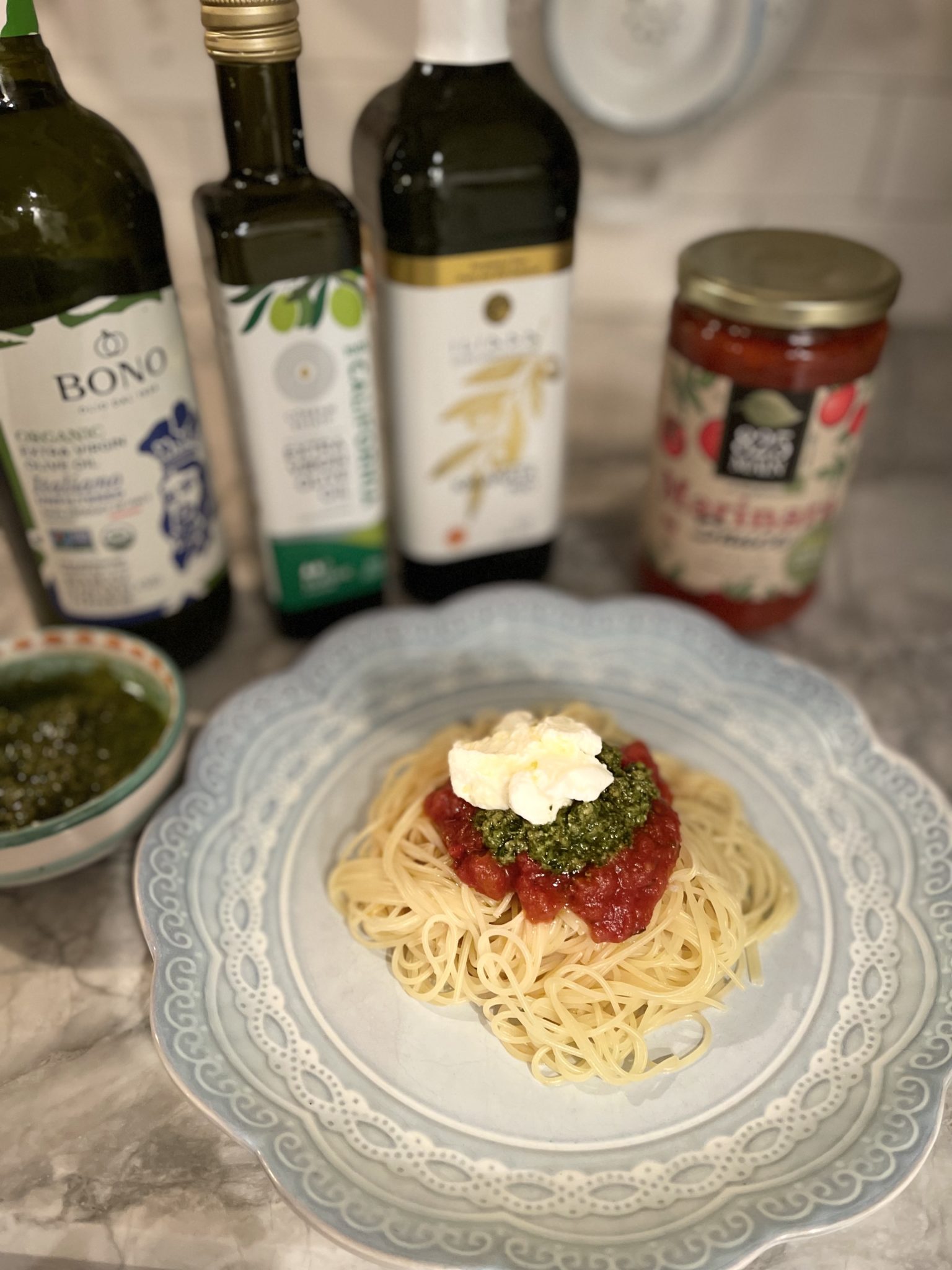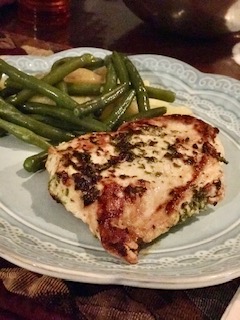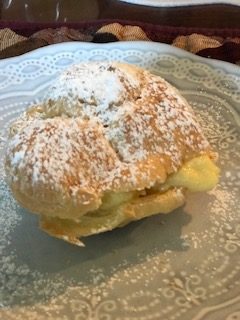Pasta Amalfitano
Layer this fresh pesto recipe with 825 MAIN Marinara and Ricotta cheese, drizzle with Extra Virgin Olive Oil and serve over your choice of pasta al dente! Fresh Basic Pesto Recipe Ingredients: 2 cups of chopped fresh basil½ cup grated cheese either Parmagiano or Romano (Do not use shelf stable type) ½ extra virgin olive oil ¼ … Read more










